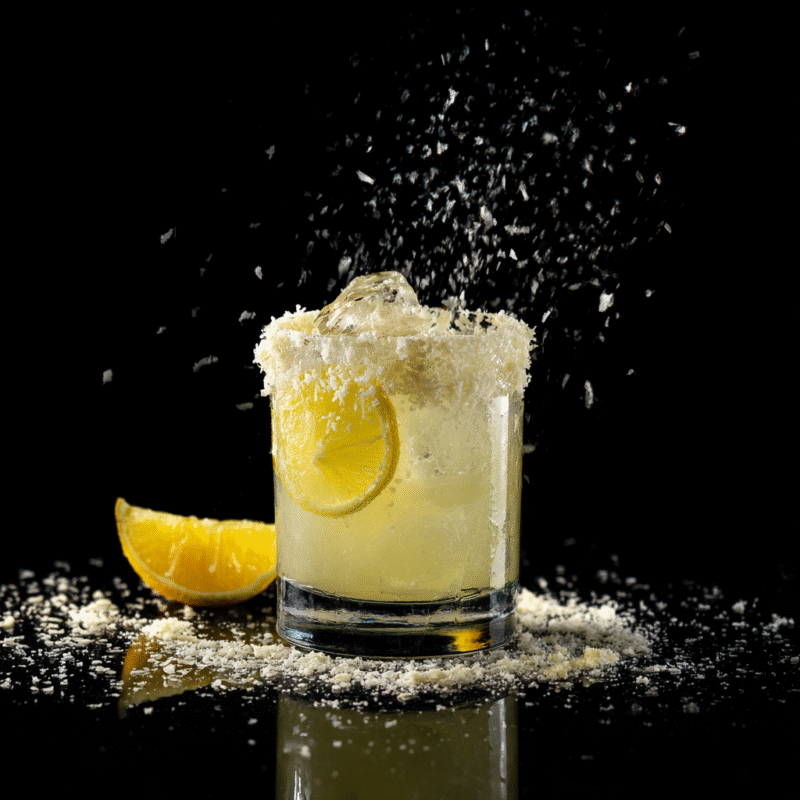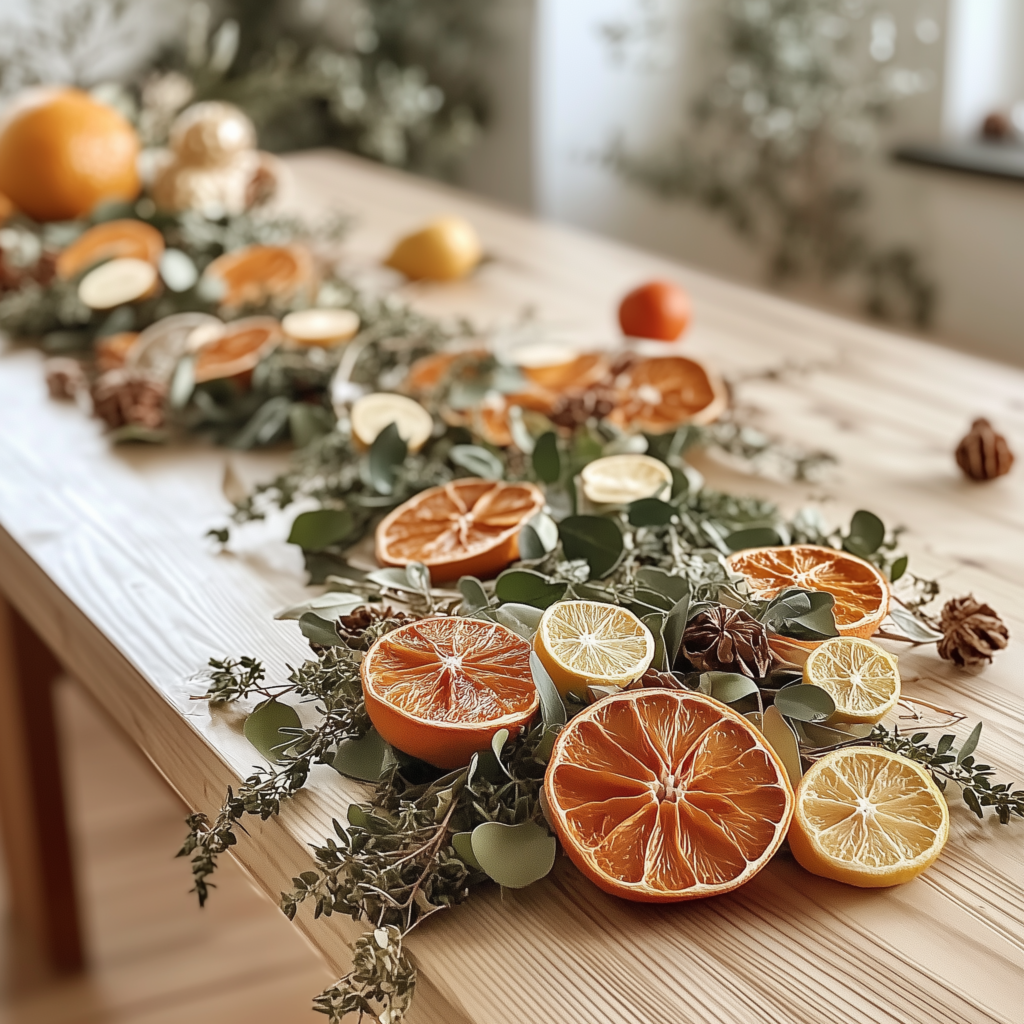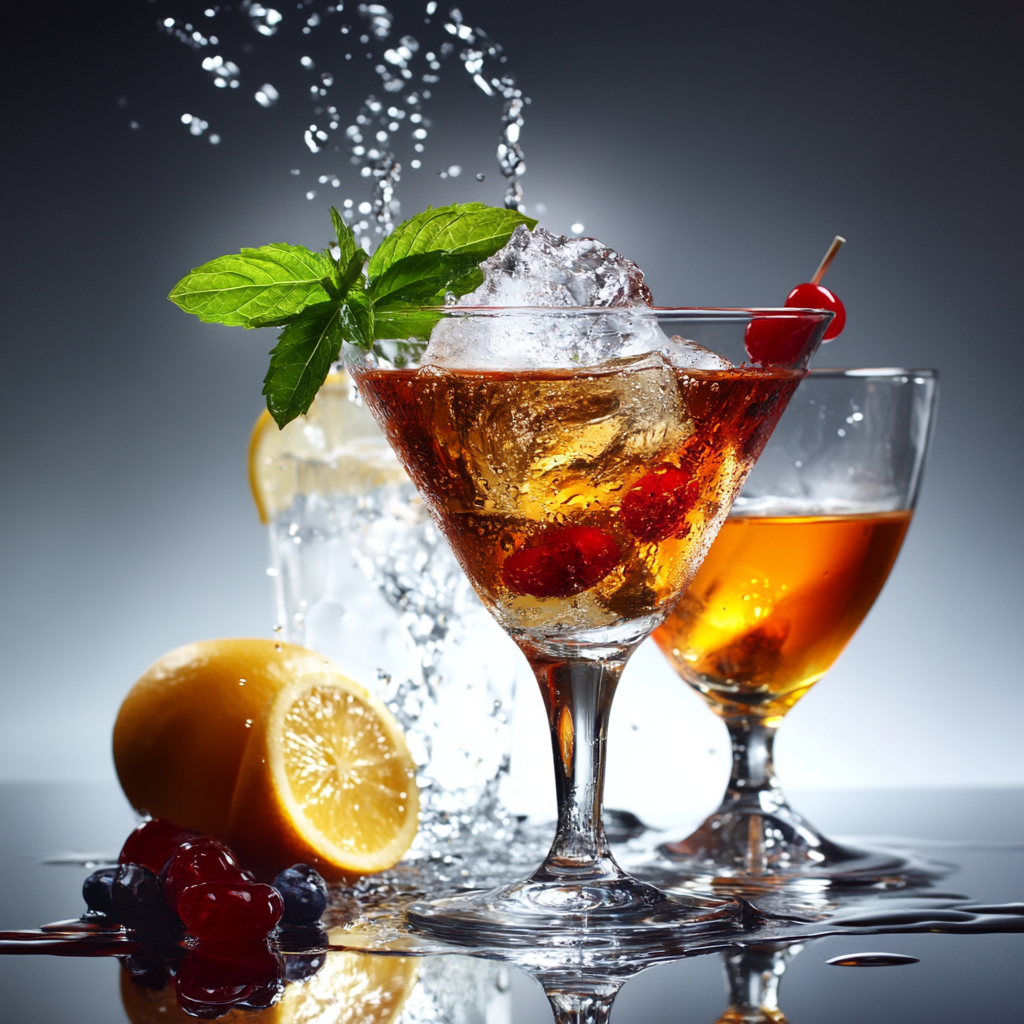Blog
The Art of Dehydrating Fruits for Cocktail Garnishes

Dehydrated fruit garnishes have become a staple in professional cocktail-making, adding both elegance and concentrated flavour to drinks. Unlike fresh fruit, dehydrated garnishes offer a long shelf life, a unique texture, and intensified aromatics, making them perfect for high-end cocktail presentations. In this guide, we’ll explore the process of dehydrating citrus and other fruits to achieve the best flavour and appearance.
Why Use Dehydrated Fruit Garnishes?
Dehydrating fruit isn’t just about aesthetics—it enhances flavour, reduces waste, and adds a professional touch to your cocktails. Here’s why they’re so popular:
- Enhanced Flavour: Dehydration concentrates the natural sugars and oils in fruit, creating a more intense taste.
- Extended Shelf Life: Unlike fresh fruit, dehydrated garnishes can last for months if stored properly.
- Eco-Friendly: Dehydrating excess fruit reduces waste, making it a sustainable choice for bars and home mixologists.
- Versatile Usage: Dehydrated slices can be used in cocktails, teas, infusions, and even as snacks.
Choosing the Right Fruits for Dehydration
While citrus fruits are the most commonly dehydrated garnishes, other fruits can also provide interesting textures and flavours. Here are some of the best options:
Citrus Fruits
- Lemons & Limes: Add a bright, tangy aroma to cocktails.
- Oranges: Provide a sweet, slightly bitter depth to drinks.
- Grapefruits: Offer a balance of tartness and subtle sweetness.
Tropical Fruits
- Pineapple: Becomes chewy with a caramelized sweetness.
- Mango: Intensifies in flavour, adding a rich fruitiness.
- Coconut: Delivers a nutty, tropical note when dried in thin slices.
Berries & Stone Fruits
- Strawberries: Become crisp with a tangy-sweet taste, perfect for summer cocktails.
- Cherries: Develop a deep, jam-like flavour when dehydrated.
- Peaches & Apricots: Offer a honey-like sweetness and chewy texture.
Apple & Pears
- Apples: Retain their crispness, with intensified natural sweetness.
- Pears: Develop a mellow, floral flavour that pairs well with whiskey or gin-based drinks.
Step-by-Step Guide to Dehydrating Fruits for Garnishes
1. Prepare Your Fruit
- Wash and dry the fruit thoroughly.
- Slice fruits evenly (about 3-5mm thick) using a sharp knife or mandoline for consistent drying.
- Remove seeds from citrus fruits to prevent bitterness.
- Optional: Soak apple and pear slices in lemon juice to prevent browning.
2. Arrange on a Drying Surface
- Place the fruit slices in a single layer on a dehydrator tray or a baking sheet lined with parchment paper.
- Avoid overlapping to ensure even drying.
3. Dehydrate Using Your Preferred Method
Using a Dehydrator (Recommended Method)
- Set the dehydrator to 50-60°C (120-140°F).
- Allow citrus fruits to dry for 6-12 hours.
- Other fruits may take 12-24 hours depending on water content.
Using an Oven
- Set the oven to its lowest temperature (typically 60-90°C or 140-200°F).
- Place the tray in the middle rack and prop the oven door open slightly to allow moisture to escape.
- Dry for 4-6 hours, flipping slices halfway through.
Air Drying (For Citrus Only)
- String thin slices together and hang them in a dry, well-ventilated space.
- This method can take several days but preserves the most natural colour.
4. Check for Proper Dehydration
- The fruit should be completely dry but not brittle.
- Citrus should have a slightly leathery texture but no moisture.
- Other fruits like apples and pineapples should be pliable but not sticky.
5. Store Correctly for Long-Lasting Garnishes
- Place dehydrated slices in an airtight container.
- Store in a cool, dark place to maintain flavour and colour.
- Properly stored, they can last up to 6 months.
Best Cocktails for Dehydrated Garnishes
Dehydrated fruit pairs well with various cocktails, adding both visual and aromatic depth:
- Old Fashioned – Dehydrated orange wheel enhances whiskey’s warmth.
- Negroni – A dehydrated grapefruit slice complements the bitter-sweet profile.
- Margarita – Dehydrated lime wheel reinforces the citrusy punch.
- Gin & Tonic – Dehydrated lemon or lime adds complexity.
- Piña Colada – A dried pineapple slice accentuates tropical sweetness.
Final Thoughts
Mastering the dehydration process can take your cocktail garnishes to the next level. Whether you’re running a bar or mixing drinks at home, incorporating dehydrated fruit is a simple way to elevate the look, taste, and longevity of your garnishes. Experiment with different fruits and drying techniques to find your perfect flavour combinations!
Stay tuned for more expert tips from The Garnish Club.










